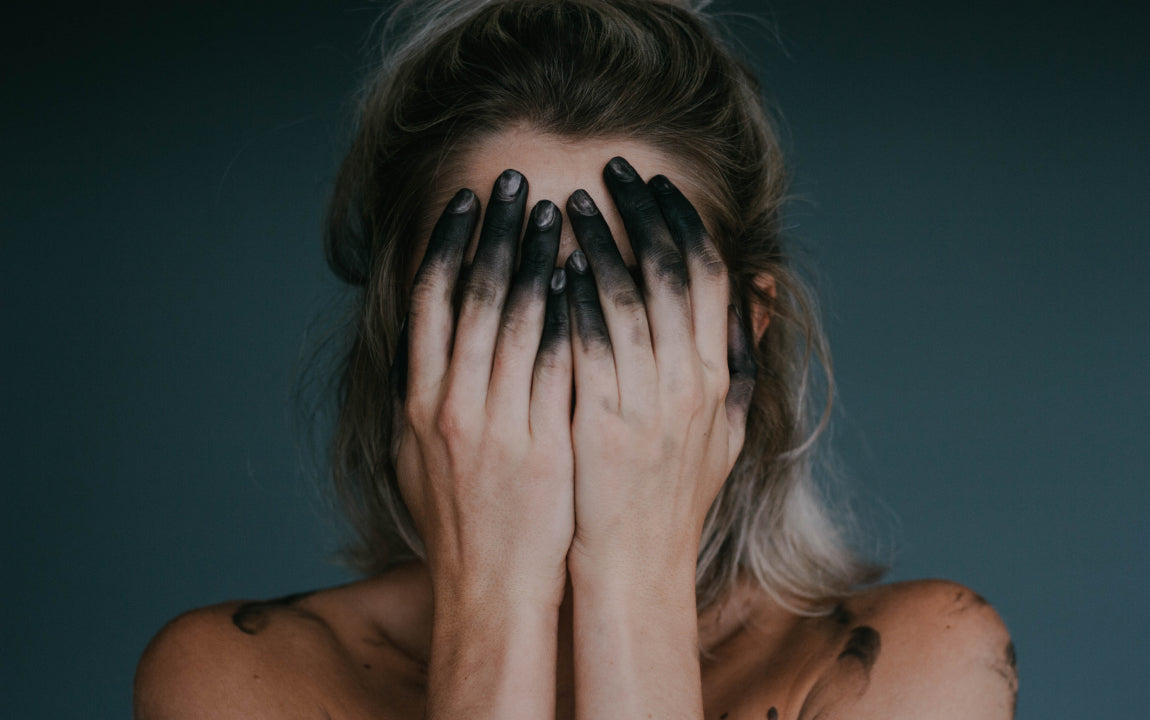The purifying power of sunlight

The purifying power of sunlight
“Letting the sunshine in” has several purifying benefits–and sunshine is free! Ultraviolet (UV) radiation has a higher frequency than visible light (you can’t see it), but it kills microbes. UV radiation has three wavelength zones: UV-A, UV-B, and UV-C, and it is this last region, the shortwave UV-C, that has germicidal properties for disinfection. the optimum range for UV energy absorption by nucleic acids is about 240-280 nanometers (nm); at this wavelength the UV breaks bonds in the nucleic acids of microorganisms, killing them. Artificial UV lamps for germicidal use tend to emit energy around the middle of this range, at 260 nm. (UV Disinfection) If you want to know more about the sanitizing power of UV light, check out our first article here. Here are some ways to put it to good use:
Purify water with sunlight (salt and lime juice optional): UV radiation is sometimes used in municipal water purification systems (more often in Europe). It doesn’t affect the taste or smell of the water (unlike chlorine), so this is an advantage over that chemical. However, turbidity of the water (amount of particles present) will decrease the effectiveness of UV radiation, so it should be pre-filtered first. Here’s where the salt comes in: if you have a plastic or glass bottle of water that is slightly turbid, add a pinch of salt, which will help the particles settle to the bottom of the container, allowing the UV radiation to penetrate farther into the bottle. Leave it out in the sun for 6 hours, and the microbes will be dead! If you want to speed up the process, add some lime juice. Lime juice cuts down the amount of time necessary to disinfect a two liter bottle of water from six hours to just half an hour! Limes contain chemical compounds called psoralens, which have been shown to kill pathogens in blood and, now, also in water. (To Disinfect Water Cheaply, Just Add Sunlight (and Salt or Lime Juice)) Psoralens are also used together with UV light to treat psoriasis, vitiligo, and skin nodules of cutaneous T-cell lymphoma. (National Cancer Institute Dictionary) Many fruits and vegetables like parsnips, carrots and celery are high in psoralens too, so they would work, but the juice of a lime is probably the most tasty. Of course, the sunlight doesn’t remove pathogens, so if you have the opportunity, you can run the disinfected water through a post-filter.
Sanitize sheets, bedding and any upholstered item by laying them out in the sun and flipping over after 1-2 hours to expose the reverse side. UV light kills dust mites and mold! The key is cleaning off any dirt first (ie, wash anything that can be washed first), and making sure that it dries COMPLETELY in the sun. Therefore, obviously sheets, quilts and comforters can go in the washer, but bulky items like rugs, mattresses and upholstered chairs should get a vacuuming and surface cleaning using a non-toxic fabric cleaner. Be aware that sunlight can fade colors, so avoid leaving colorful or fragile items out for more than several hours in direct sunlight.
“Bleach” plastic containers by leaving them in the sun: UV light can also take stains out of plastic. Spaghetti sauce stains be gone! (Things You Can Clean With Sunlight)
Mildewed things: Once again, surface cleaning is the important first step in order to get wooden furniture, books, leather, and anything else looking and smelling better. Then, let the sun do its work!

Photo by Anders Jildén on Unsplash






